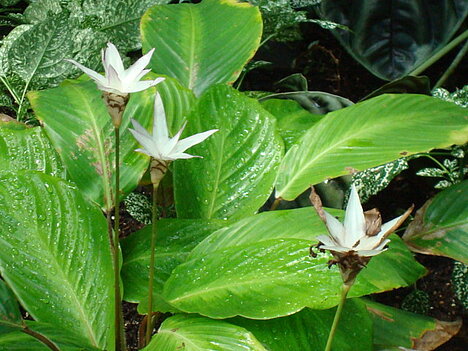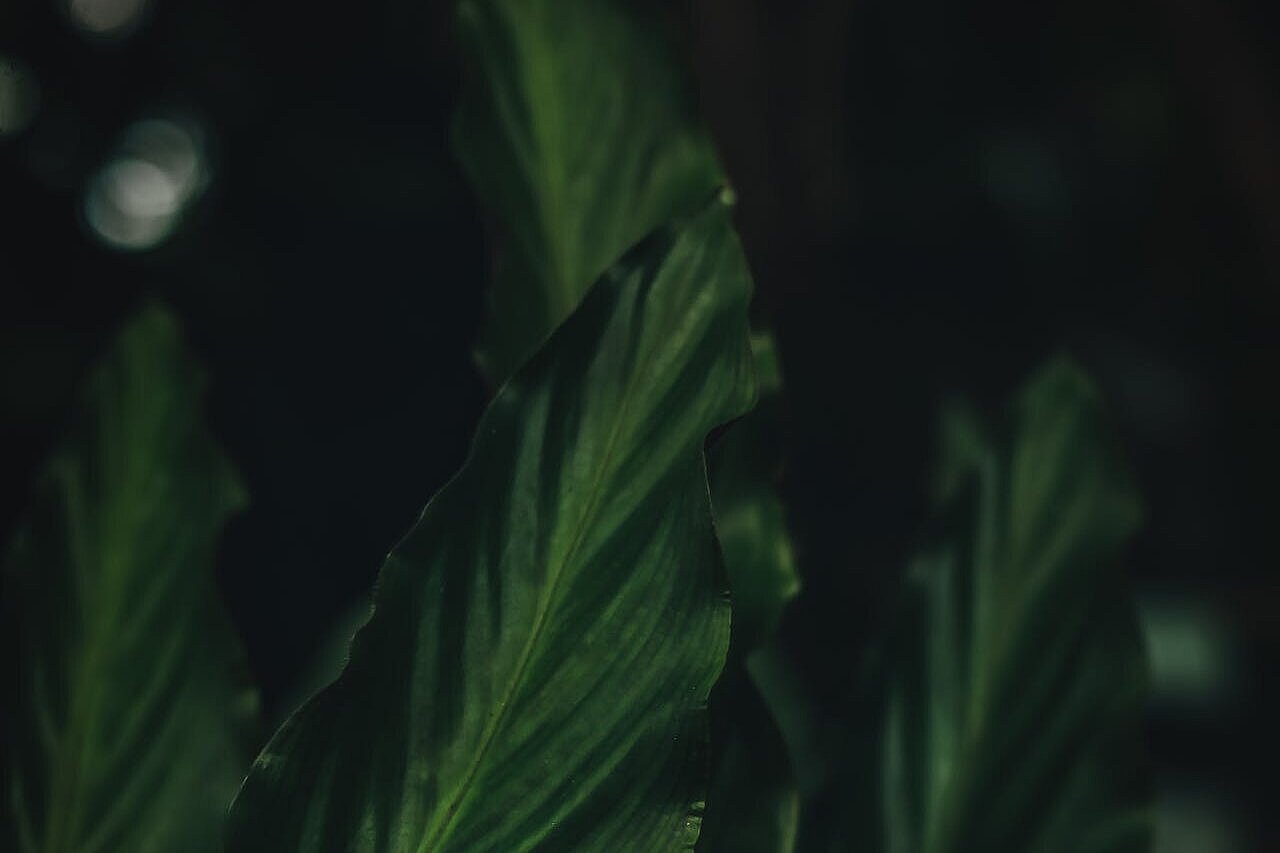Calathea loeseneri

What is Calathea loeseneri?
Calathea loeseneri is a plant species from the Marantaceae family. It originates from Peru, northern Brazil, Colombia and Ecuador, where it grows in the rainforests. The plant is also known as Brazilian star calathea or lotus pink calathea because of its star-shaped pink flowers. The leaves of Calathea loeseneri are also a real eye-catcher: they are large, oval and have a dark green upper side with a purple edge and a light green midrib. The underside of the leaves is purple. The leaves can grow up to 30 cm long and 15 cm wide. The plant can reach a height of 1.2 m.
How do I care for Calathea loeseneri?
Calathea loeseneri is a demanding houseplant that requires a lot of attention. It likes it moist, warm and shady, just like in its natural habitat. Here are some tips on how to care for your Calathea loeseneri properly:
- Location: Choose a semi-shady spot for your Calathea loeseneri, for example near a window, but not directly in the sun. The plant does not tolerate direct sunlight, as this can burn its leaves. The ideal temperature is between 18 and 24 °C. Avoid draughts and cold temperatures.
- Watering: Water your Calathea loeseneri regularly, but not too much. The soil should always be slightly moist, but not wet. Waterlogging can lead to root rot. It is best to use soft water or rainwater for watering, as chalky water can damage the leaves. Also spray your plant regularly with water to increase the humidity. You can also use a humidifier or place your plant in a pebble-filled bowl of water.
- Fertilize: Fertilize your Calathea loeseneri once a month during the growth phase from March to October with a green plant fertilizer. Only use half the dosage of fertilizer to avoid over-fertilizing. The plant does not need any fertilizer in winter.
- Repotting: Repot your Calathea loeseneri every one to two years to give it enough space to grow. Use an airy, fibrous and humus-rich soil, for example a special soil for houseplants or orchids. Make sure the pot has good drainage and is not too large.
- Propagation: You can propagate your Calathea loeseneri by division. To do this, carefully divide the plant into several parts when repotting, each with at least one shoot and several roots. Place the parts in new pots with fresh soil and water them well. Keep the soil moist and place the pots in a warm and shady spot until the plants produce new leaves.
- Pruning: Cut off wilted or brown leaves regularly to keep your plant healthy. Use sharp and clean scissors or a knife and cut the leaves as close to the stem as possible. Be careful not to damage the healthy leaves.
- Pests and diseases: Calathea loeseneri is susceptible to pests such as spider mites, thrips or mealybugs. These can multiply, especially in dry air or with too much fertilizer. Recognize the pests by small white, black or red dots on the leaves or by sticky excretions. Control the pests by rinsing the plant with water or treating it with a plant strengthener. Avoid chemical agents, as these can damage the plant. Diseases such as root rot or leaf spot can be caused by too much water or too little light. Recognize the diseases by yellow, brown or black spots on the leaves or rotten roots. Combat the diseases by repotting the plant in fresh soil and watering less.
What should I watch out for if I have a dog?
Calathea loeseneri is a dog-friendly houseplant that does not contain any toxic substances. This means that your dog will not suffer any symptoms of poisoning if it nibbles on the plant. However, your dog may experience stomach problems or diarrhea if he eats too much of the plant. Chewing on the plant can also damage the leaves and make the plant unsightly. You should therefore place your Calathea loeseneri in a place that is difficult for your dog to reach. You can also try to get your dog out of the habit of chewing on the plant by offering him alternatives such as toys or chewing bones.
Calathea loeseneri is a beautiful houseplant that will give your home a tropical flair. It is also non-toxic to dogs, making it ideal for dog owners. However, it does need a lot of care and attention to stay healthy and beautiful. If you follow the tips above, you can enjoy your Calathea loeseneri for a long time.
Properties 2
Are you looking for other ingredients with a specific property?
Just click on them to find more.
If you notice any signs of hypersensitivity or poisoning in your dog, you should see your vet immediately. We are not a substitute for a vet, but we try to be as accurate as possible. Every dog reacts differently and we recommend you get a second opinion or consult your vet if in doubt.
Stay healthy and take good care of your four-legged friend!😊
Similar to Calathea loeseneri
The good news is: Calathea burle-marxii is not poisonous to dogs. The plant does not contain any harmful substances that could lead to symptoms of poisoning in dogs. However, this does not mean that...
Calathea crotalifera is an ornamental foliage plant from the Marantaceae family. It is native to Central and South America and the Caribbean islands, where it grows in humid forests. It is also...
Calathea lutea is a tropical plant that originally comes from South America. It is a member of the Calathea family, which includes a wide range of species and varieties. All calatheas are non-toxic...
Calathea crocata likes light, but not direct sunlight. It feels most at home in a sunny to semi-shady location, for example in a warm conservatory or on an east or west-facing window. The hot midday...



